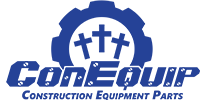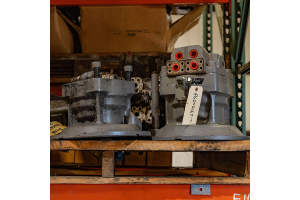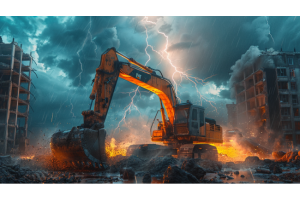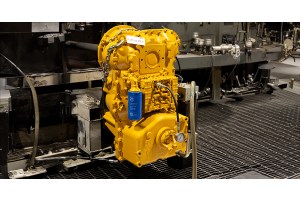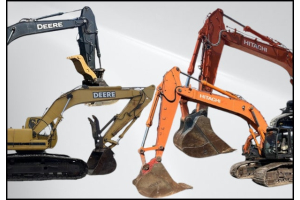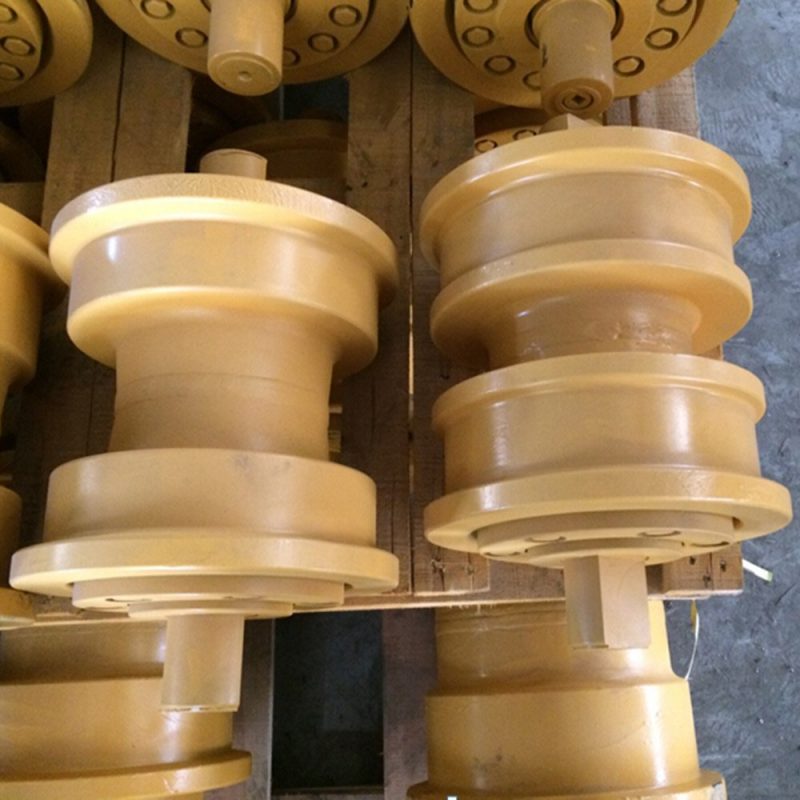
Many people call us needing bottom rollers for their excavator, bulldozer, compact track loader or other tracked machines. Most track machines operate with single and double flange rollers. Many customers who call us don't know the difference.
Single Flanged Rollers
If a flange isn't what keeps a wheel on track, why have it? Flanges are designed more as a safety feature. For a train or trolley travelling a curve too fast, or where rails may be bent or untrue, a flange helps ensure vehicles stay on track. In fact, the high-pitched squealing you hear when a train goes by is often caused by the flange rubbing against the rail. Wheels are meant to roll with as little friction as possible, and contact with wheel flanges introduces unnecessary metal-on-metal rubbing.
Because wheels are fixed to their axle in most rail applications, a single flange on each wheel is enough to prevent movement in either direction (as long as the flange is placed on opposing sides of opposite wheels, usually toward the center of a track).
Single flange wheels are common for most trains and trollies, as well as other commercial and industrial vehicles with fixed axles running on trued rails.
Double Flanged Rollers
When do you need a second flange? Typically when operating conditions aren't as controlled, or where safety is of special concern.
Many material transfer vehicles don't have the benefit of operating in clean, controlled conditions. Lumber drying kilns are a prime example. Kiln operators typically transport lumber in and out of kilns using metal rail configurations. But due to the extreme weight requirements and high-impact loading, rail conditions are often less than ideal. It's not uncommon to see rails warped at varying angles from each other, making conventional track applications impossible.
Even when tracks are in poor condition, rail installations still offer high-capacity, low-friction transportation. For warped rails, wheels can be installed with bearings so that they rotate at their own speeds. They can also be designed to drift across a portion of an axle to accommodate bent rails. Because wheels move independent of each other, a flange on either side of the tread is needed to ensure they stay on track.
Double flanged wheels are also common for overhead cranes, where truck assemblies may span significant distances and safety is a key concern. Rather than rely on a fixed axle or crossbeam to align single flanged wheelsets, double flanges help ensure that each wheel tracks independently for more secure movement.
Most double flanged wheels feature a flat tread, as the tapered geometries typical of single flanged wheels don't offer any benefit—and, flanges are in fact what keep wheels on track.
Call 716-836-5069
We will scour the parts networks for you. Don't waste hours trying to find a part only to find that it doesn't fit or the supplier can't deliver. We know who to call for the fastest delivery at the right price!


